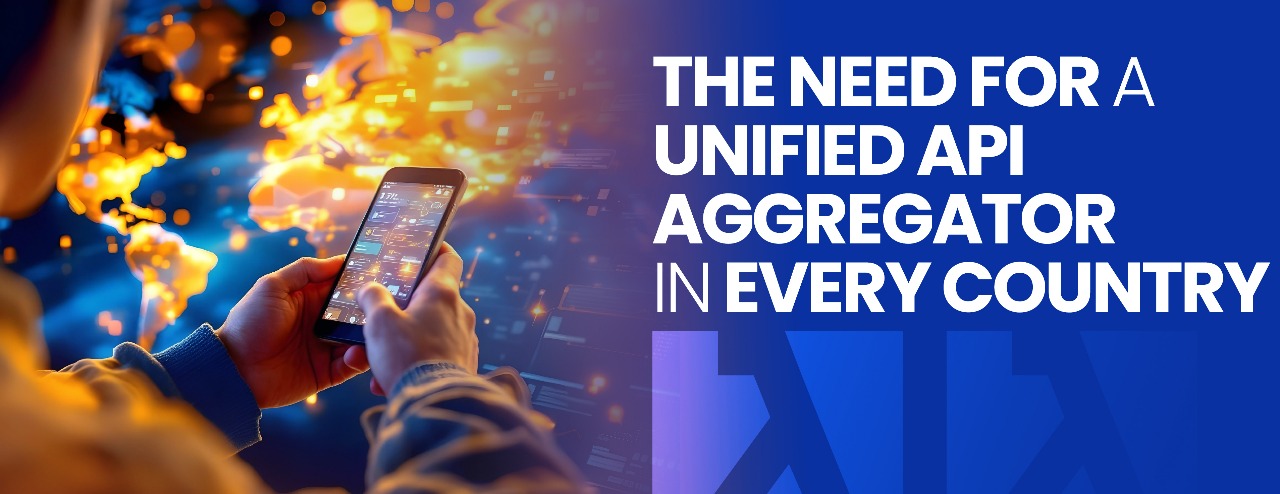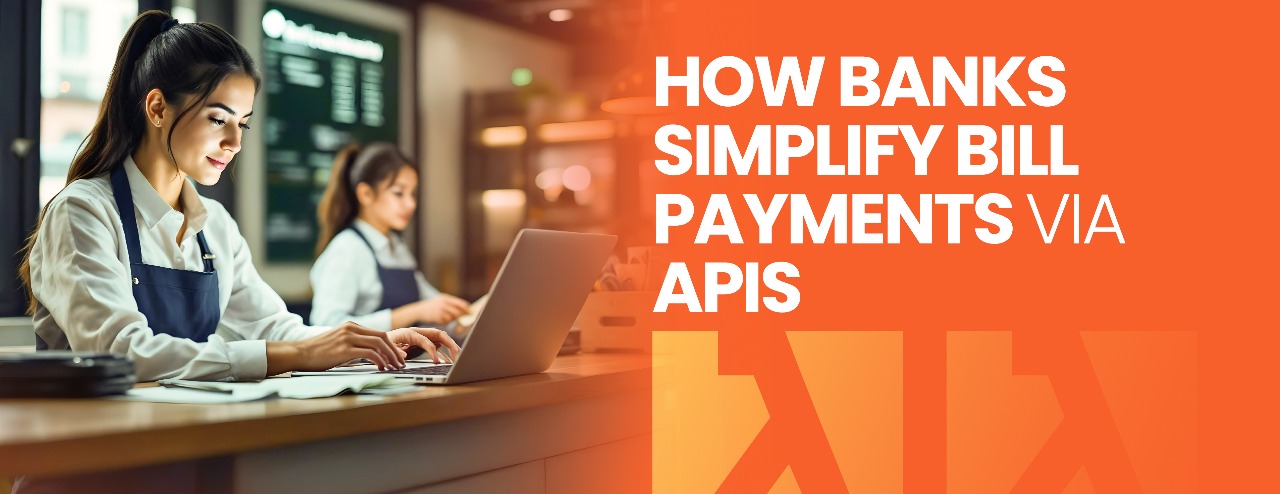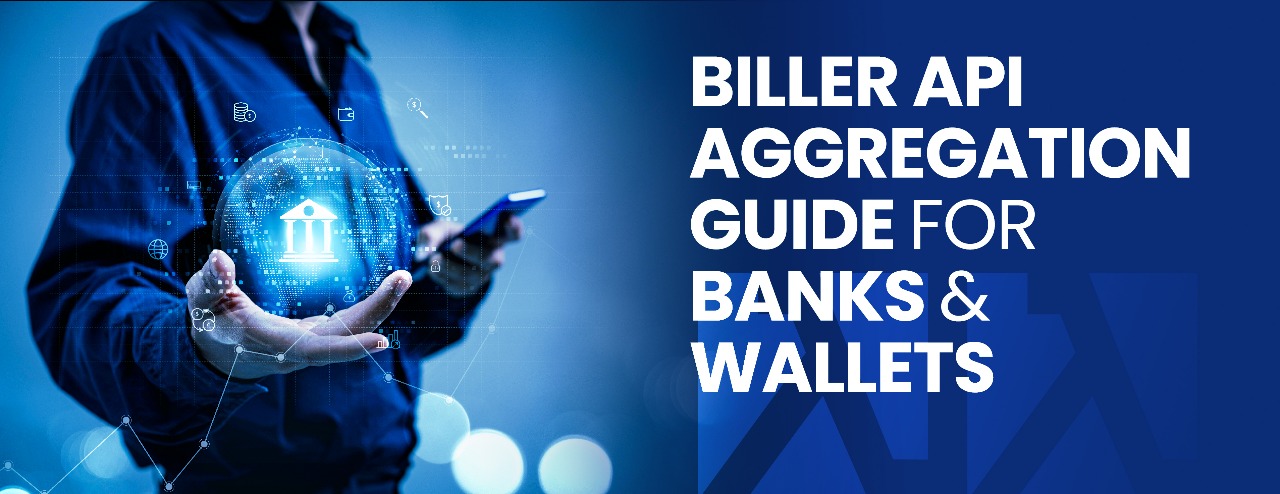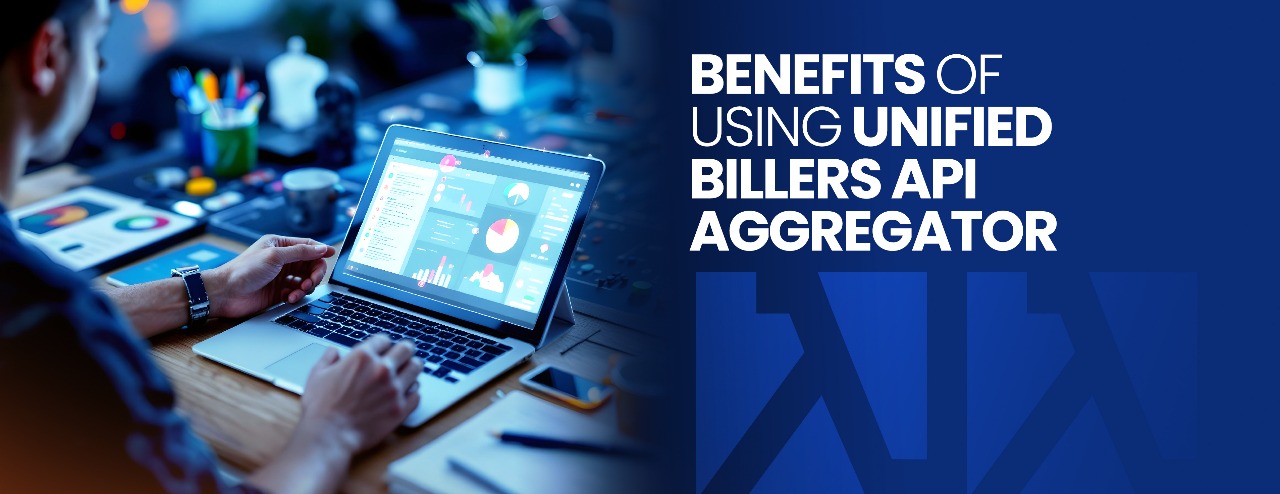Internet Service Providers (ISPs) are increasingly under the pressure to increase revenue sources while reducing infrastructure and operations. As the need for bundle offerings – home security bundles, streaming bundles, smart-home integration, etc. – increases exponentially, ISPs must find new ways of bundling and monetizing these offerings. The most promising yet untapped way is possibly Centralized API Exposure, which allows ISPs to establish new sources of revenue without taking on significant overheads.
The Monetization Dilemma for ISPs
ISPs used to generate most of their income from overage and subscription fees. But margins on plain-vanilla connectivity are shrinking due to aggressive competition and regulatory pressures. Adding on value-added services – e.g., video streaming, cloud backup, IoT device management – usually requires:
- A few point-to-point connections with device or content partners
- Custom development and ongoing maintenance
- Advanced billing and settlement processes in varied systems
- Disjointed reporting that hinders the ability to track by service
As new services join in, the complexity of dealing with each integration on a one-off basis contributes to time-to-market, support costs, and reduces profit margins.
What Is Centralized API Exposure?
Centralized API Exposure is a middleware-based solution that brings all partner integrations under a single shared API gateway. Rather than building and maintaining individual connections to every content provider, device maker, or third-party service, ISPs connect once to the gateway and from there can:
- Find available partner services
- Subscribe to new functionalities as-needed
- Centrally manage authentication, throttling, and versioning
- Streamline transactions, logging, and errors through one pipeline
This approach takes the burden of integration from multiple custom initiatives onto a single scalable platform.
Key Benefits of Centralized API Exposure
1. Rapid time-to-Market
It can be backed by new partners or new services without requiring much development effort. Once the ISP has been integrated with the gateway, the integration of any new partner is essentially a configuration process.
2. Decreasing Operational Overhead
Partner API updates – new endpoints, auth changes, or performance optimizations – are managed by the middleware. ISPs do not need to debug dozens of separate connections anymore.
3. Consistent Developer Experience
Third-party integrators and internal teams are brought together into one unified standard API specification. Standardization accelerates internal feature launches and simplifies onboarding for partners.
4. Streamlined Billing & Settlement
Usage tracking, revenue shares, and settlement processes are handled in one place. ISPs can send consolidated invoices, automate payment of commissions, and reconcile accounts in minutes rather than days.
5. Granular Reporting & Analytics
A single dashboard tracks all service usage, performance metrics, and partner/customer segment-by-segment income. It is easier to make decisions based on data – from planning capacity to promotions.
How Centralized API Exposure Works
1. Integrate Your Core Systems
The ISP’s billing, CRM, and provisioning systems are integrated into the API gateway through a securely documented interface.
2. Enable Partner Catalog
Through the gateway’s partner catalog, ISPs can browse provided services – streaming services, smart-home device APIs, cloud storage, VoIP destinations, etc.
3. Routing & Policies Configuration
Administrators set routing rules (which partner to call for a specific service), rate limits, and authentication credentials on the control panel of the gateway.
4. Launched & Tracking
Services are made available over the ISP’s own branded interface or API. Logs and metrics in real-time allow the monitoring of performance and usage of all services from one point.
Monetization Strategies Enabled by Centralized APIs
- Usage-based billing
Bill the customer per byte streamed, the event the smart home produces, or the transaction completed. The gateway monitors usage at the byte level or the second level.
- Tiered Subscription Bundles
Create higher-level versions (e.g., “Ultra Entertainment Package” or “Smart Home Pro”) that package a number of APIs – video streaming, cloud DVR, home security – into a single monthly subscription.
- Revenue-Share Partnerships
Negotiate commission structures with device or content partners. The gateway pays out revenue shares on a per consumption basis automatically.
- White-label reselling
Allow third-party developers, local ISPs, or enterprise customers to use your APIs in their own applications and compensate you with wholesale or licensing fees for access.
- Pay-per-use Microtransactions
Provide one-off services – like pay-per-view events on demand or data top-ups in emergencies – conveniently processed through the same gateway.
Case in Point: Lambda Payments for ISPs
Originally designed for banks, Lambda Payments has made its API aggregation platform available to ISPs to publish and monetize diverse digital offerings. With Lambda’s middleware, an ISP can:
- Onboard new streaming or content partners in days, not months
- Streamline revenue-share calculations with zero development effort
- Gain an end-to-end view of customer interactions throughout all the media, connectivity, and IoT services
- Provide third parties, including app developers and resellers, with a secure, scalable API marketplace
Lambda Payments’ security, conformance, and SLA-backed performance increase the ISPs’ confidence in their service platform even at peak load.
Best Practices for Implementation
1. Begin Small, Scale Rapidly
Pilot with a small set of high‑value partners – i.e., a leading streaming provider and a leading smart‑home platform – before scaling out the catalog.
2. Define Clear Service Level Agreements (SLAs)
Ensure that the middleware provider provides uptime, latency, and support response time according to your customer expectations.
3. Design for flexibility
Implement API versioning strategies to avoid breaking changes for customers as new services are developed or existing services are revised.
4. Invest in Developer Documentation
Although partners share a gateway, detailed guidelines, code samples, and SDKs will accelerate partner adoption.
5. Constant monitoring
Use the gateway’s analytics dashboard to detect anomalies – latency spikes or errors – and debug them before they have any effect on end users.
With connectivity no longer a differentiator in the market, ISPs must now transform into full-service digital platforms. Centralized API Exposure provides an easy, strategic way to monetize emerging services – streaming video, smart-home capabilities, cloud apps, and so on – without added expense or complexity.
By simplifying interoperability, billing consolidation, and developer experiences, ISPs can accelerate innovation, grow revenues, and stay competitive.
Are you introducing a high-end entertainment bundle, exploring IoT territories, or selling third-party applications? A centralized API gateway augmented by an experienced middleware company such as Lambda Payments can transform your catalogue of services into an active, income-generating marketplace. It’s time to unleash your network’s full potential and make digital experiences unforgettable for your users.








